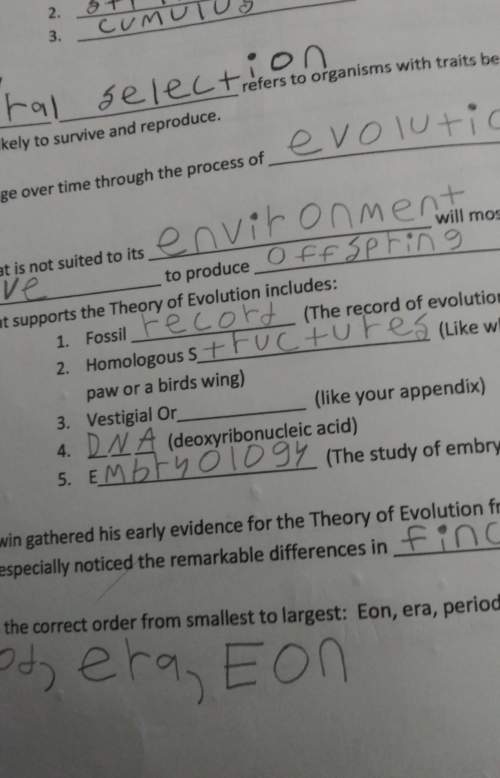
Physics, 21.06.2019 23:20 nathalyviruete
Imagine you had to physically add electrons, one at a time, to a previously neutral conductor. you add one electron very easily, but the second electron requires more work. in your initial post to the discussion, explain why this is. also, what happens to the work needed to add the third, fourth, fifth, and subsequent electrons

Answers: 1


Other questions on the subject: Physics

Physics, 22.06.2019 00:20, glogaming16
In the derivation of rrkm theory, a factor of 1/2 is introduced when equalizing the rates of formation and decomposition of activated complex as keal-hr) = ko this is clearly against the assumption of transition state theory that states all the activated complex in the transition state iss going to the product. find the reason why this factor is introduced here.
Answers: 2

Physics, 22.06.2019 05:00, DASASDAEDWEDA
Wavelength, frequency, and energy are related. what happens to a wave as it’s wavelength gets shorter?
Answers: 2


Physics, 22.06.2019 18:30, kalithekittenqueen
Aprotein molecule in an electrophoresis gel has a negative charge. the exact charge depends on the ph of the solution, but 30 excess electrons is typical. what is the magnitude of the electric force on a protein with this charge in a 1600n/c electric field? write in two significant numbers, and also in newton
Answers: 2
You know the right answer?
Imagine you had to physically add electrons, one at a time, to a previously neutral conductor. you a...
Questions in other subjects:

Mathematics, 18.03.2021 02:10

Mathematics, 18.03.2021 02:10




Mathematics, 18.03.2021 02:10

Chemistry, 18.03.2021 02:10


English, 18.03.2021 02:10




